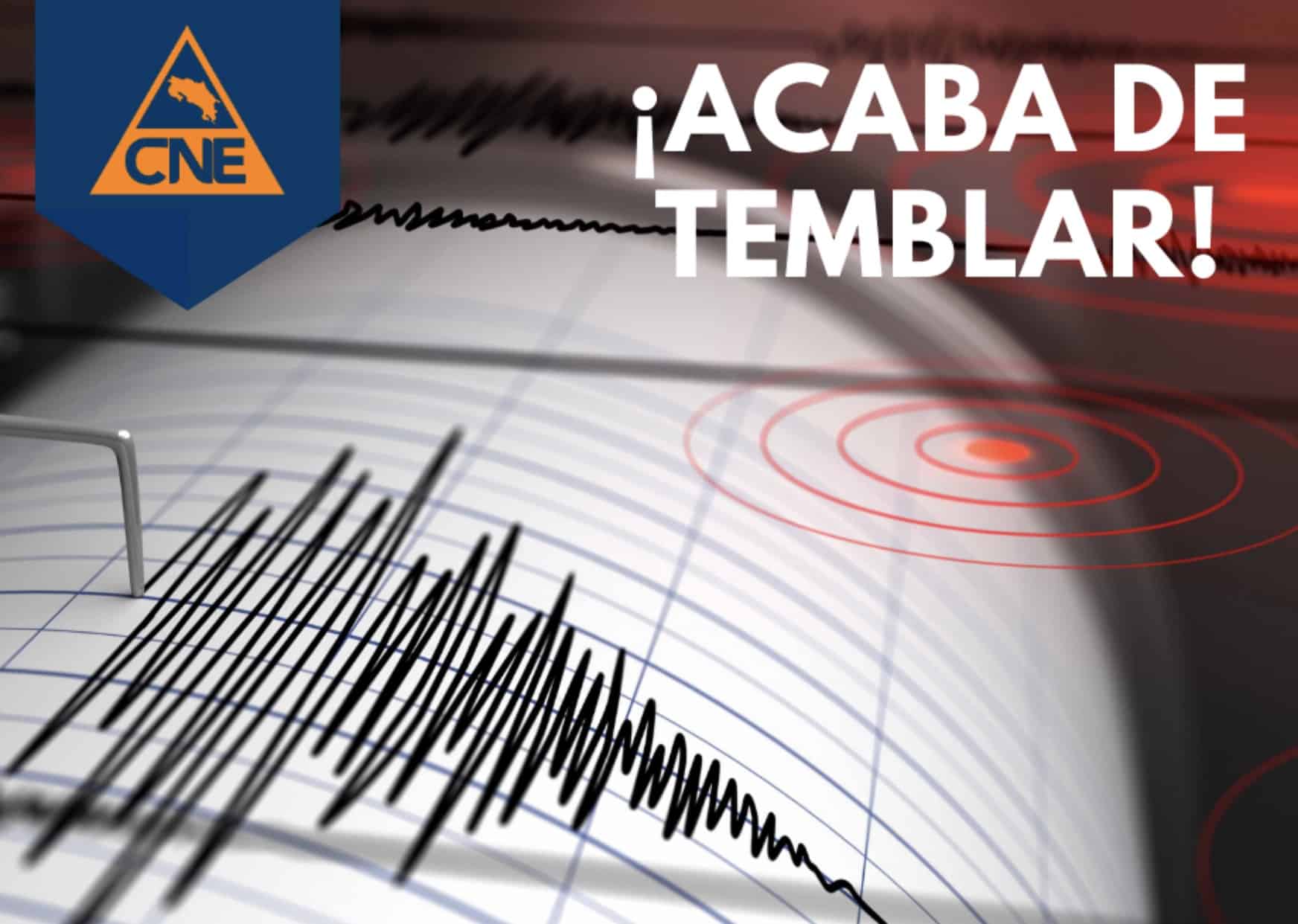In case of emergency, it’s good to know that help is on the way. The National Emergency Commission’s (CNE) rapid-response system is prepared to take on any situation, including forest fires, chemical spills, earthquakes, landslides, flash floods and tsunamis. Added to that, the commission works to educate the public in emergency procedures and prevention.
Following a magnitude-6.2 earthquake on Jan. 8, 2009, which eradicated the mountain town of Cinchona, north of San José, the commission had immediate radio communication with the area, and within an hour, a helicopter was on its way to the town to analyze needs and begin emergency aid. The CNE coordinated with agencies involved in relief work, including the Red Cross, the Health Ministry, the Public Works and Transport Ministry, police and local hospitals.
Earthquakes are in a class of their own, the CNE’s Douglas Salgado said. In other types of emergencies, such as hurricanes and floods, the commission can prepare for action because it receives weather reports and briefs from local emergency commissions. An early-warning system is also in place for weather-related events: green alerts as an advisory, yellow alerts signaling the need for evacuation preparation and red alerts to initiate evacuation protocols.
During Hurricane César in 1996, the commission broadcast alerts to the entire country by radio, TV and through local branches.
“We knew what areas would be hit the hardest and could respond. The Public Works and Transport Ministry closed the highway to the Southern Zone. Red Cross and health personnel were standing by,” Salgado said. “Shelters were set up in schools, community centers and in churches, and people were evacuated from flood zones.”
Headquartered next to the Tobías Bolaños Airport in Pavas, a western district of San José, the CNE is a not a group of experts waiting for emergencies to happen. It is a nucleus with a web that includes engineers, geologists and seismologists at universities, the Red Cross, firefighters, hospitals, the ministries of health, environment, and public works and transport, the National Electricity Institute, the National Oil Refinery, national hospitals, the Civil Aviation Authority and others. The commission also can call in help from other countries, as it did during recent forest fires in which helicopters and other aid came from Colombia, Panama and the United States.
The country’s 81 cantons and all the municipalities have their own emergency commissions to keep eyes out for potential disasters, report to the national office and begin organizing help during emergencies. In areas subject to flooding, for example, local commissions keep watch on river levels and rainfall, and are ready to report potential dangers.
In case of a major fire, such as the March forest fires that occurred in Chirripó National Park and Buenos Aires, in the Southern Zone, the Environment Ministry evaluates needs and recruits firefighters and emergency workers, while the CNE helps with logistics and getting helicopters from other countries. Such situations require significant coordination, including securing food, lodging and transportation.
Crowd control may not call up visions of emergency aid, but when millions of people take to the roads during the annual pilgrimage to the national shrine of the Virgin of Cartago on Aug. 2, prevention is put into action. The Public Works and Transport Ministry monitors roads, the Red Cross sets up health stations along the route, and police and sanitation crews keep accidents and problems to a minimum.
Airplane crashes, landslides, volcanic eruptions, tropical storms and major chemical spills all tap into the commission’s web. Tsunamis, however, are not a serious threat, according to Salgado. “They come from far away, and we would have about 18 hours to evacuate people,” he said.
Nor would a magnitude-9.0 earthquake hit Costa Rica, according to seismologists, although the country experiences a lot of smaller ones, some of them potentially deadly.
The need for emergency response became evident in the 1960s, when the eruption of Irazú Volcano, east of San José, rained ashes over the country for months, creating health and economic problems. People used facemasks and stayed indoors. The coffee-based economy in the region was devastated and crops were ruined. In response, an office of civil defense was set up in 1964.
That office was expanded several times in subsequent years, and in 1986 it was replaced by the newly formed CNE. Changes and improvements are ongoing, and prevention and education are now priorities, CNE officials said.
The CNE publishes books and materials on setting up shelters, emergency plans for businesses, preparation for local emergencies and special materials for schools. CNE personnel visit local branches to evaluate problems and find solutions.
Preventive measures also include building dikes in flood areas, rebuilding bridges and roads and keeping people from building and living in areas subject to landslides and floods.






